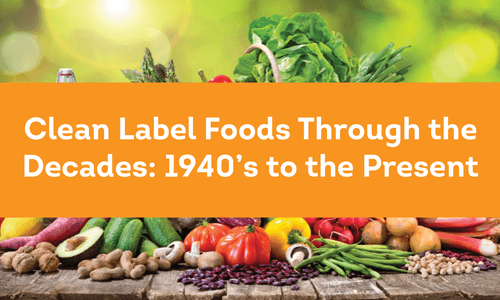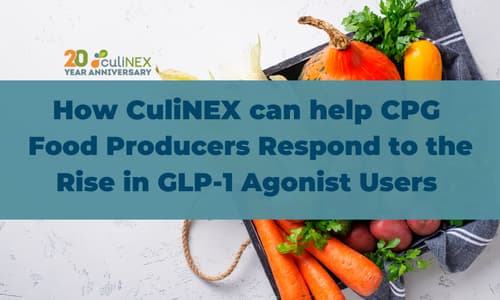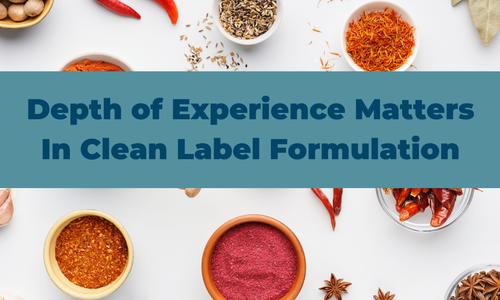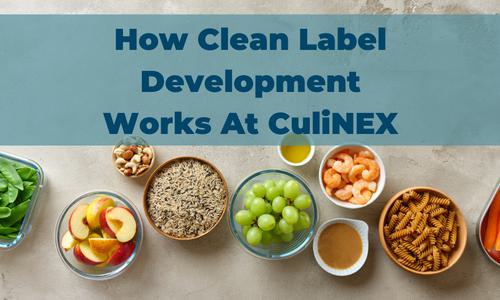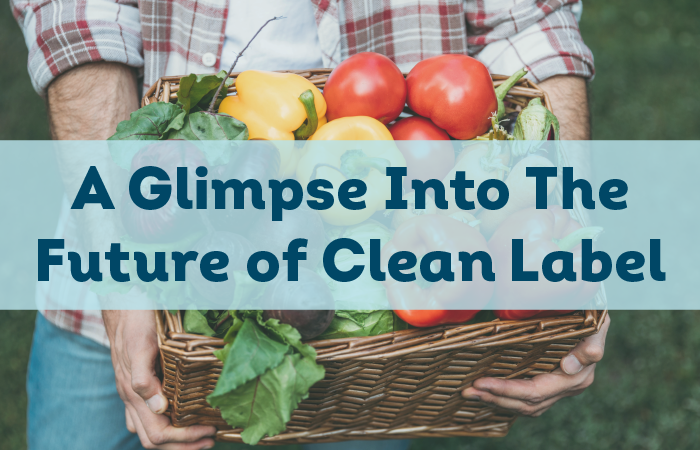
A Glimpse Into The Future of Clean Label
Twenty years ago, CEO Mark Crowell established CuliNEX when he saw an opportunity to make an impact in organic and natural food product development. Back then, Clean Label had not yet been coined as a term, and concerned colleagues wondered if there would be enough interested clients to yield a viable business.
Flash forward to today, and CuliNEX is the leader in Clean Label food product development. Natural, organic, transparent, and sustainable foods are the fastest growing sectors of the grocery aisle.
Much has changed in the Clean Label food category. And looking toward the future, even more changes are ahead. So we asked Mark Crowell, CEO of CuliNEX, to give us a glimpse into the future of Clean Label foods.
Advances in Nutrition Science
“What is exciting to me,” said Crowell, “are the advances in food science, specifically in cellular biology, precision fermentation, and in cell culture.” These new areas of food development will create novel new food products that are more satisfying, healthy and more environmentally sustainable.
Nutrition science is advancing rapidly, as is genomic science leading to the possibility of science-based individualized nutrition. These factors are dovetailing to make the future of product development very exciting. “Human health is inextricably linked to the foods we consume,” said Crowell. “It's also so closely linked to the environment and consumption of natural resources.”
New Techniques, New Sources
New processing techniques, upcycled ingredients, and discoveries in plant-based proteins are also yielding exciting opportunities. For example, researchers are exploring new ways of preserving foods using antimicrobials. Natural compounds from plants, algae, and mushrooms are being discovered and formulated so they can be incorporated into foods to inhibit spoilage and extend shelf-life in more natural ways.
The search for new sources of alternative proteins continues to grow as the industry works to meet high consumer demand. Beyond soy and quinoa, ingredients such as chickpeas, non-animal whey, and mycoproteins are not only protein sources but have been found to improve the taste and texture of foods.
New Landscape For Food Products
“We are opening up a new world of ingredients that are not necessarily based on traditional agriculture or traditional animal husbandry,” said Crowell. “And those ingredients are going to have a profound impact on the environment and on people's diets.”
As food producers develop new types of products in parallel with these discoveries, consumers will be treated to food that contributes to their well-being in new ways—and old favorites developed to be healthier and more sustainable. “We are undergoing such rapid change now,” said Crowell, “that in 10 years, I don't think the landscape's going to look very much like it looks today at all.”
Interested in creating the next generation of Clean Label products? Contact CuliNEX today to explore how we can help you innovate for a sustainable and nutritious future.
